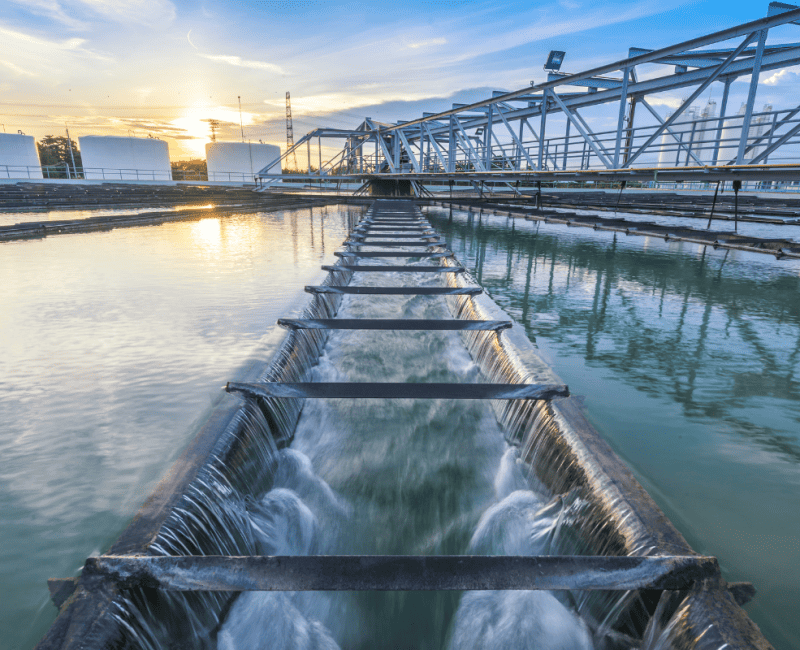
Antimicrobial resistance has been identified by the water industry as a growing concern in the delivery of wastewater treatment and water recycling schemes…

Antimicrobial resistance has been identified by the water industry as a growing concern in the delivery of wastewater treatment and water recycling schemes…
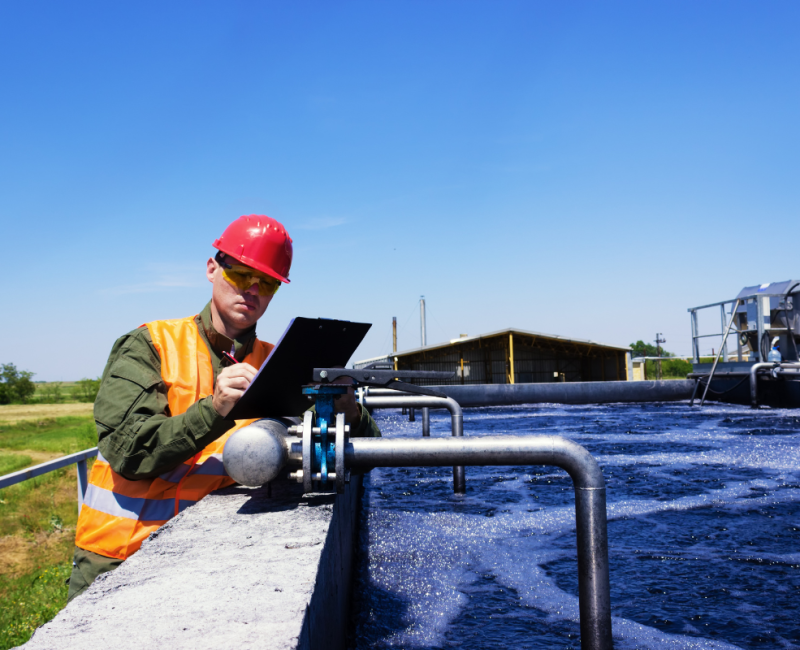
Traditionally, Membrane Bioreactor (MBR) Validation is focussed on performance during commissioning when membranes are new, and the range of operating conditions are limited…
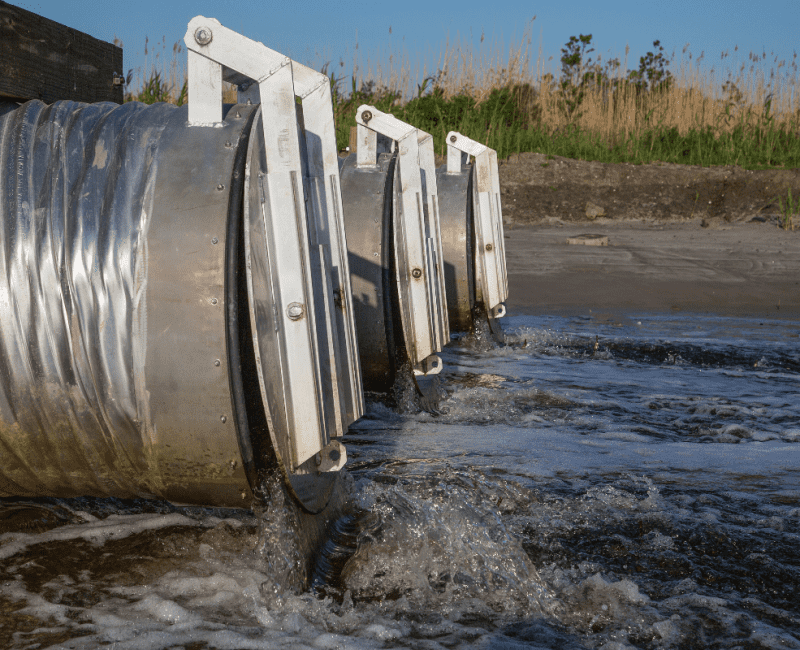
Wastewater must be treated to remove four classes of pollutants to levels that regulators consider safe for discharge to the environment: these are nutrients, micropollutants, total suspended solids and pathogens..

Stormwater and treated wastewater can contain infectious pathogens…

Water treatment by micro- or ultrafiltration, or reverse osmosis is applied to a range of purposes, including recycling wastewater or reducing contamination sufficiently to make it safe for discharge to the environment…

In an earlier project stormwater was collected from an urban environment, treated through electrolysis, injected into and retrieved from an acquifer, and reused for greywater irrigation…
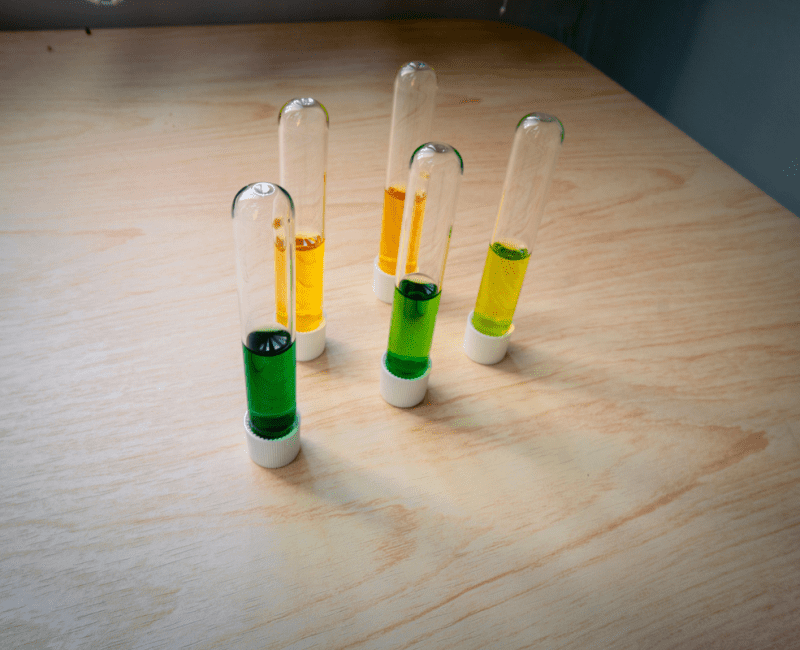
Cryptosporidium is a waterborne microscopic parasite with different forms at various stages of its lifecycle…
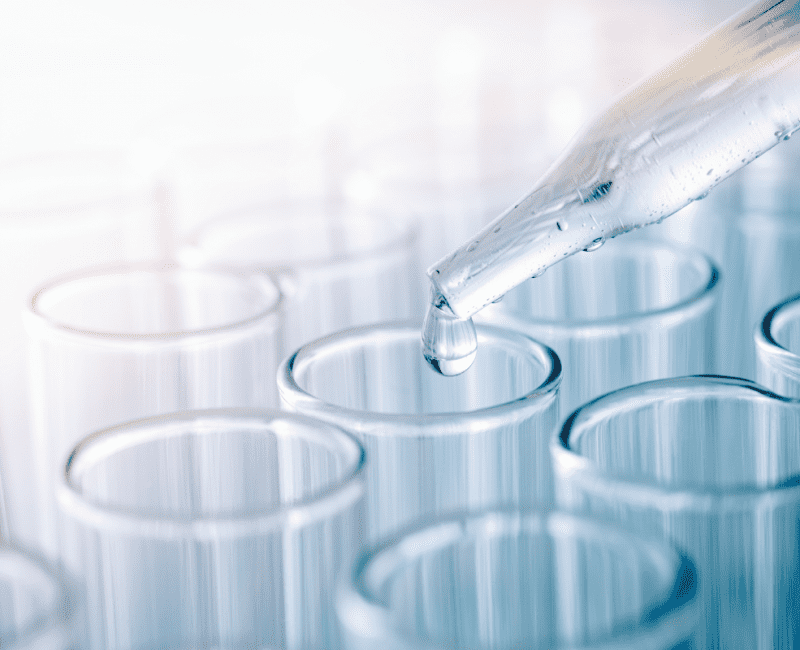
Water supply is usually continuous, and interruptions to supply are expensive and inconvenient…

Membranes are used to remove viruses from treated wastewater to make it safe for discharge or recycling…
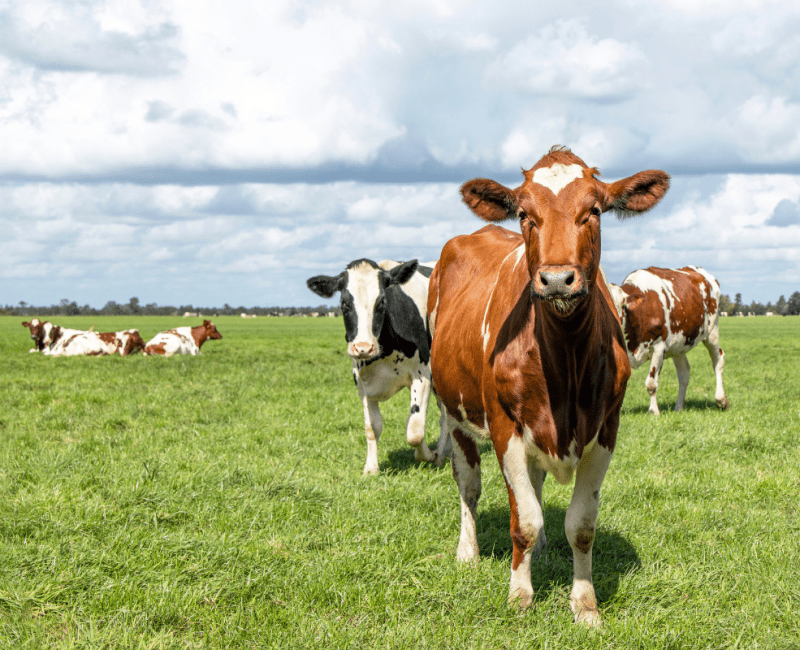
Smaller and regional Wastewater Treatment Plants (WWTPs) have the capacity to recycle wastewater for agricultural use, but the cost of obtaining regulatory approval or ‘accreditation’ is prohibitive…